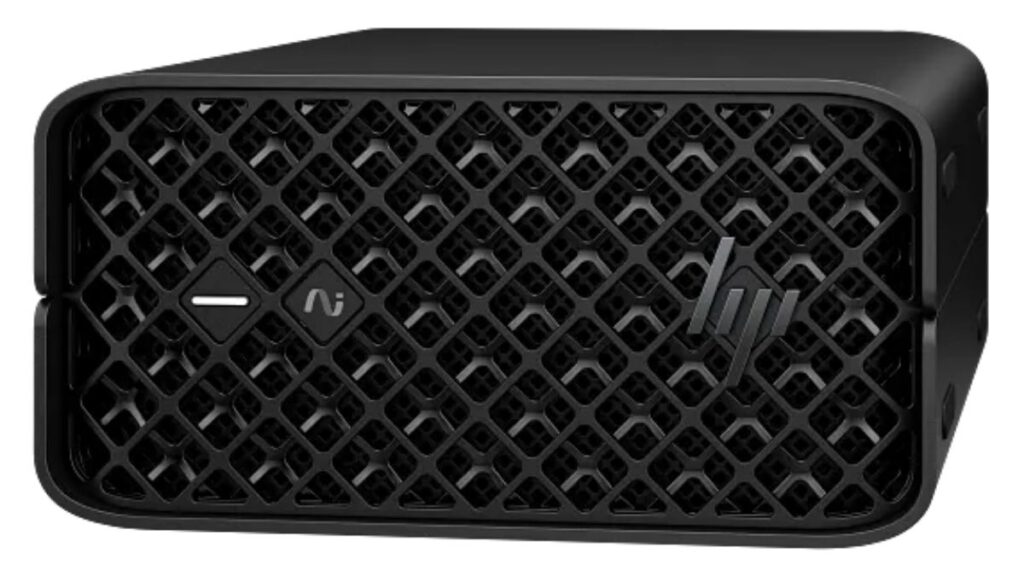Data is the lifeblood of computing and business. Without it, there would be no way to create projections, predictions, or insights about the behavior of markets and customers. However, it can be difficult to understand and work with if you don’t know what you’re doing. Here are five useful data tips for beginners.
1. Understand How to Convert Data and Why It’s Important
Data cannot be utilized if it isn’t in the proper format. There is no one format data must be in. Instead, you need to be able to convert data to the format necessary for your business’s requirements or your analytics needs. There are several ways data can be converted, or transformed, including cross-record correlation, data enrichment, filtering and mapping, and extraction and parsing. Data transformation can be performed manually but automating the process yields more efficient and accurate results.
2. Start by Learning the Basics
If you’re a beginner, you need to start at the beginning. This means building a solid foundation with the basics before moving to more complex and specialized types of data science. You should start at the theoretical level. Learn about the tools and programs you will need to use and memorize key concepts and terms. Then you can start learning basic methods of data generation, collection, and transformation, as well as how to manipulate the data to produce results. When you’re a beginner, it’s also a good idea to refresh or develop programming, mathematical, communication, and critical thinking skills.
3. Develop Your Analytical Skills
One of the most important aspects of working with data is data analytics. Therefore, you need to develop your analytical skills as much as possible. Analytical skills are what you need to be able to manipulate and transfer data, create data sets and models, or interpret the results of your data analytics. You can develop analytics skills through multiple tools and strategies, including practicing data mining and statistical analysis and modeling. As you advance your skills, you will be able to begin using tools such as machine learning and artificial intelligence programs.
4. Learn from an Experienced Mentor
You should find one or more than one person to teach you about data and how to work with it. There are many potential teaching resources at your disposal, such as more experienced mentors and colleagues, boot camps, workshops, and educational courses. You may be able to access them through your employer, a school, or your professional or personal networks. Learning environments such as classes or mentorships provide you with the opportunity to problem-solve with peers and learn from people with specific experiences and points of view. You will also have the opportunity to ask specific questions and learn from real-world examples that the teacher has actually experienced. Studying in isolation is a good thing but being able to reach out to someone with more experience when you don’t understand something is incredibly useful.
5. Build an Understanding of Your Data’s Domain
You cannot do anything with your data if you don’t have a thorough understanding of your data’s domain and how that domain works. This means you must understand the work you do and how data relates to and affects it. You also need to understand your organization, its place in your industry, and how trends, opportunities, and challenges affect your data. Having a working knowledge of how data functions in your industry and what you can use it for ensures that you have a basis from which to form hypotheses and develop predictive models.
Working with data is a skill that requires study and practice. As you would when developing any skill, you’re likely going to make some mistakes as you learn how to work with and utilize data. Make sure you have learning opportunities at your disposal that you can use to practice your data skills before moving on to work with real data sets. This will help you grow your confidence and gain the experience you need to successfully work with data.
- Advanced Tech Solutions For Managing Work Availability - April 14, 2025
- How Modern Printers Enhance Productivity and Collaboration in the Workplace - February 11, 2025
- Benefits of Using PostgreSQL as a Backend for Power Apps - January 3, 2025



